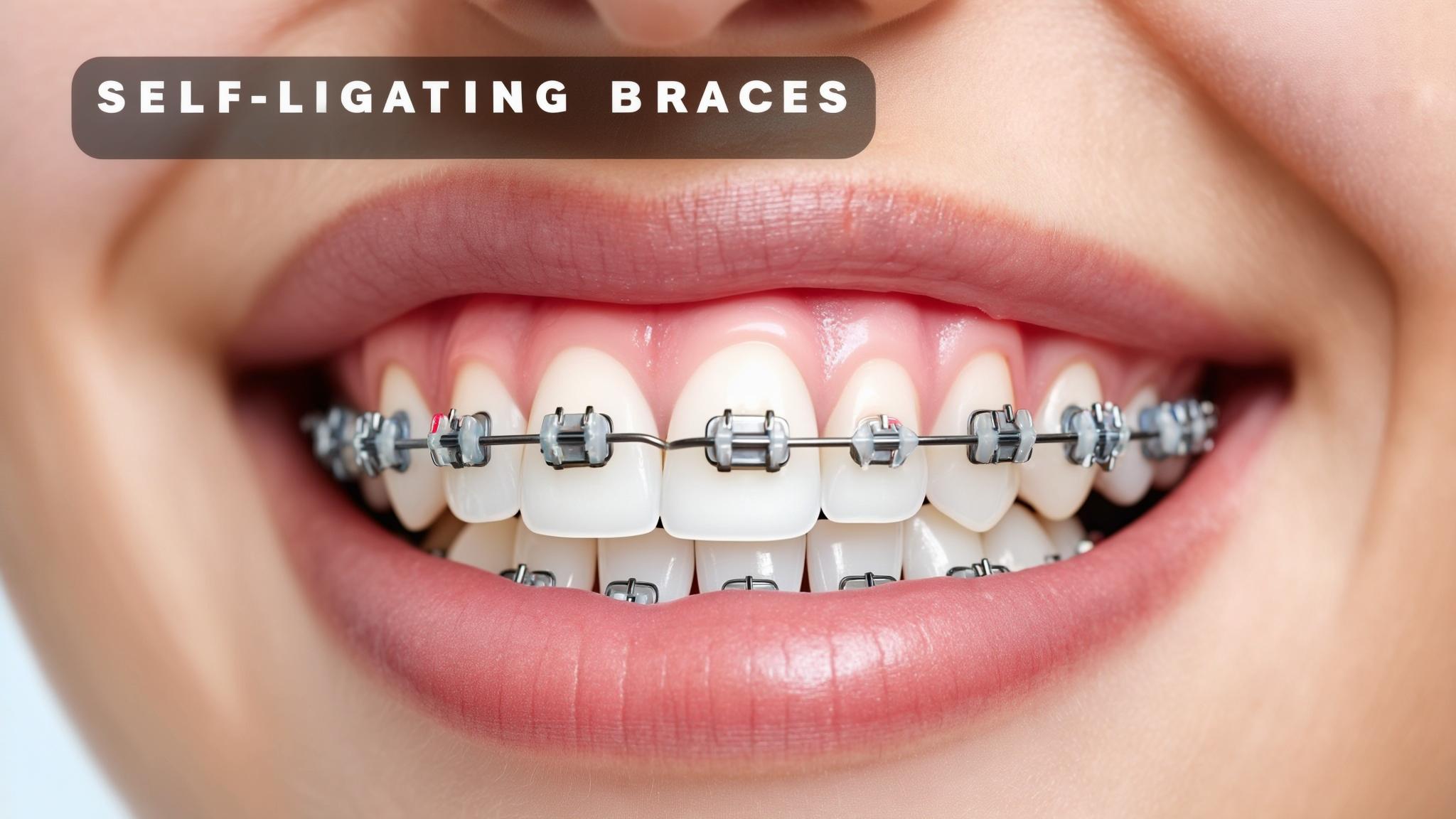Introduction
Orthodontics is a specialized field of dentistry focused on diagnosing, preventing, and treating dental and facial irregularities. One of the most common orthodontic treatments involves the use of braces, which are devices used to align and straighten teeth.
Braces come in various forms, with traditional braces being the most well-known. However, recent advancements have introduced self-ligating braces, which offer an innovative approach by eliminating the need for elastics. This article aims to explore the benefits of self-ligating braces and how they differ from traditional options.
Understanding Self-Ligating Braces
Self-ligating braces are a type of orthodontic appliance that uses a specialized bracket system to hold the archwire in place without the need for elastic bands. Let's break down their components:
- Brackets: These are small metal or ceramic pieces attached to each tooth.
- Archwire: A thin metal wire that connects the brackets and guides teeth into their proper positions.
- Self-ligating mechanism: A built-in clip or sliding door that holds the archwire, allowing it to move more freely.
Compared to traditional braces, which rely on elastics to secure the archwire, self-ligating braces use a mechanical system that reduces friction and allows for smoother tooth movement.
Benefits of Self-Ligating Braces
Reduced Treatment Time
Self-ligating braces often shorten treatment duration. The design allows teeth to move more efficiently, which can expedite the alignment process. Clinical studies have shown that patients may experience faster results compared to traditional braces.
Enhanced Comfort
Without elastics, there's less friction between the archwire and brackets, which reduces discomfort. Patients often report less irritation to their gums and cheeks, making the experience more pleasant.
Improved Oral Hygiene
The absence of elastics means fewer components to clean around, making it easier to maintain good oral hygiene. This can lead to reduced plaque accumulation and a healthier mouth overall.
Aesthetic Advantages
Self-ligating braces are available in clear or tooth-colored options, offering a more discreet appearance. This makes them an attractive choice for individuals concerned about the visibility of traditional metal braces.
Fewer Adjustments Needed
The self-ligating mechanism requires fewer adjustments, which translates to less frequent visits to the orthodontist. This convenience is a significant advantage for busy individuals.
Types of Self-Ligating Braces
Passive Self-Ligating Braces
These braces have a simple sliding mechanism that holds the archwire loosely, allowing for easier tooth movement. Popular examples include the Damon System.
Active Self-Ligating Braces
These braces apply a slight pressure on the archwire, providing more control over tooth movement. Brands like In-Ovation are well-known in this category.
Comparison
Passive systems are generally more comfortable and require less force, while active systems offer more precise control. The choice between them depends on individual needs and orthodontist recommendations.
Considerations and Limitations
Potential Drawbacks
Self-ligating braces can be more expensive than traditional options. Additionally, they may not be suitable for very complex cases that require extensive correction.
Importance of a Professional Evaluation
An orthodontist plays a crucial role in determining the best treatment plan. They will consider factors such as the severity of misalignment and patient preferences when recommending braces.
Conclusion
Self-ligating braces offer numerous benefits, including reduced treatment time, enhanced comfort, and improved aesthetics. As orthodontic technology advances, these braces represent a promising option for many patients.
If you're considering orthodontic treatment, consult with an orthodontist to explore the best options tailored to your needs.
References
- Damon System: Damon Braces
- In-Ovation: In-Ovation Braces
- Further reading on orthodontics: American Association of Orthodontists

